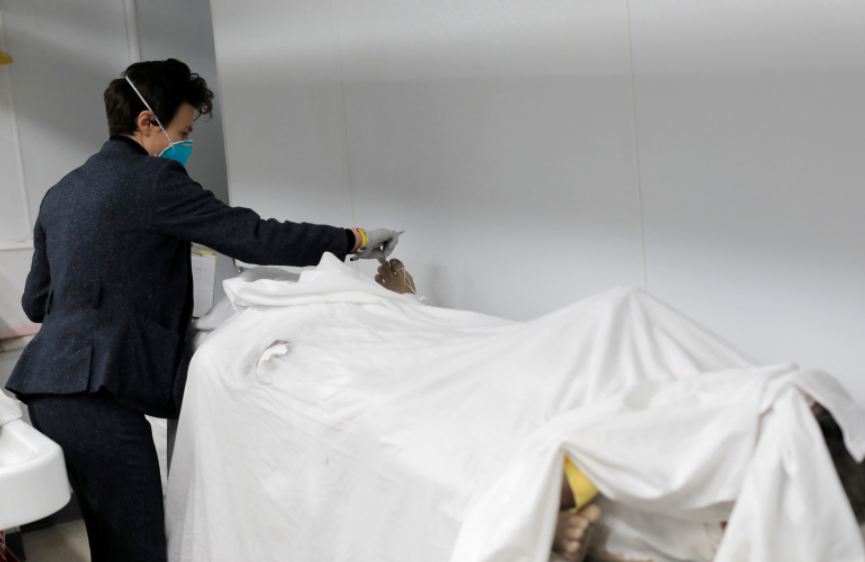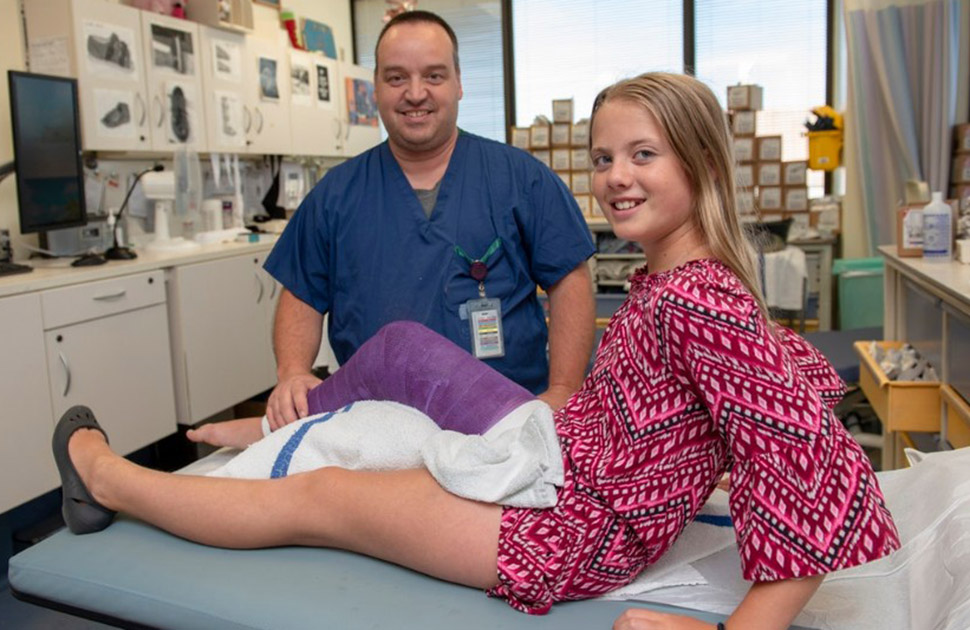The Research Rush to Control SARS-CoV-2
"There's now enough data to support consideration of access under an emergency use authorization by FDA."
"The data from NIAID [National Institute of Allergy and Infectious Diseases] study should push this firmly over the line."
Scott Gottlieb, former commissioner, U.S.Food and Drug Administration
"The study demonstrates the potential for some patients to be treated with a five-day regimen, which could significantly expand the number of patients who could be treated."
Chief Medical Officer Merdad Parsey, Gilead Sciences Inc.
 |
"As part of the FDA's commitment to expediting the development and availability of potential COVID-19 treatments, the agency has been engaged in ... discussions with Gilead Sciences regarding making remdesivir available to patients as quickly as possible, as appropriate."
Michael Felberbaum, spokesman, U.S. Food and Drug Administration
"The data shows that remdesivir has a clear-cut, significant, positive effect in diminishing the time to recovery."
"Although a 31% improvement doesn't seem like a knockout 100%, it is very important proof of concept."
"What it has proven is that a drug can block this virus."
"[But] whenever you have clear-cut evidence that a drug works, you have an ethical obligation to immediately let the people in the placebo group know so that they can have access."
Dr. Anthony Fauci, immunologist, director, National Institute of Allergy and Infectious Diseases
 |
"[The drug is] not the end of the story [when it comes to treatments for Covid-19]."
"We have work to do. We are looking for other therapies. This trial is going to continue.""Four days [fewer] in a hospital is, for me as a clinician -- as a clinical practitioner -- it is not only significant but very meaningful. [This would matter] to all my patients and even to myself, if I would be in the same situation."Dr.Andre Kalil, principal investigator behind the clinical trial
 |
Several studies had previously been released whose outcomes presented a contradictory picture of the drug's effectiveness. There were two clinical trials linked to Gilead; a study conducted by the NIAID met its major goal helping patients suffering a severity range of symptoms from the disease caused by the novel coronavirus. That trial compared how patients receiving remdesivir fared in comparison to others given a placebo, expected to definitively demonstrate any benefits provided by the drug.
Gilead announced that 62 percent of patients given early treatment with remdesivir were able to be discharged early from hospital, as opposed to 40 percent of patients who were given the drug treatment later in the course of the infection. The trial, with 397 patients taking part, evaluated safety and efficacy related to the five-day regimen. Still, there have been doubts expressed that it may not present a significant benefit.
The Lancet medical journal published results of a trial conducted in China which reached the conclusion that remdesivir had failed to improve the condition of patients. Gilead expressed its opinion that the Chinese trial was inconclusive merely as a result of the study being terminated too early. The result of the Chinese trial had been inadvertently released by the WHO's emergencies program. Dr.Mike Ryan who heads the WHO program declined comment.
 |
Labels: Drugs, Novel Coronavirus, Research, Results, Trials

:no_upscale()/cdn.vox-cdn.com/uploads/chorus_asset/file/19908210/Screen_Shot_2020_04_14_at_11.29.51_AM.png)
:no_upscale()/cdn.vox-cdn.com/uploads/chorus_asset/file/19908211/Twitter_example_one.png)
/cdn.vox-cdn.com/uploads/chorus_image/image/66667471/jbareham_020415_vox1012_fake_cures_0001.0.jpg)








![Concerns after Mumbai's Dharavi slum reports COVID-19 cases An estimated 700,000 to 1 million people are crammed in the Dharavi slum [Prashant Waydande/Reuters]](https://www.aljazeera.com/mritems/imagecache/mbdxxlarge/mritems/Images/2020/4/3/e68ececbec384214b8c379b697ebd73e_18.jpg)






















